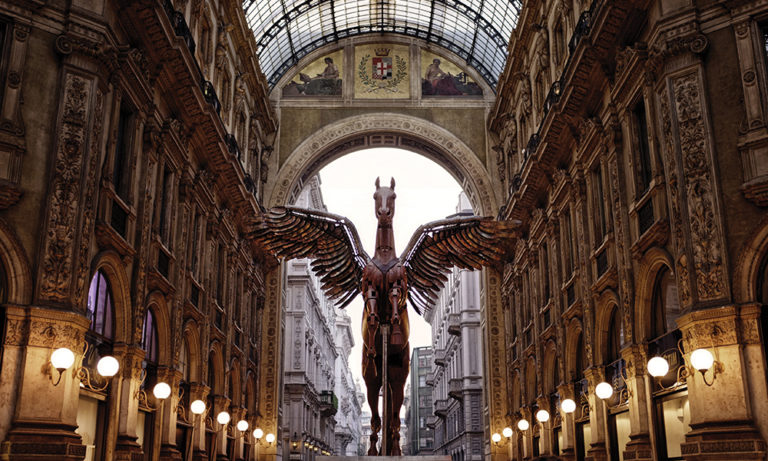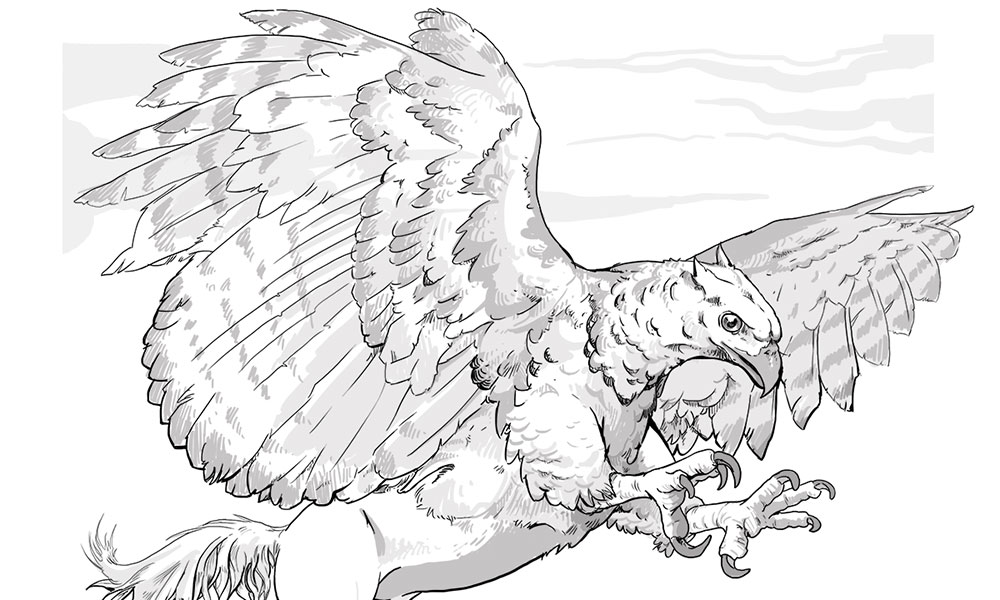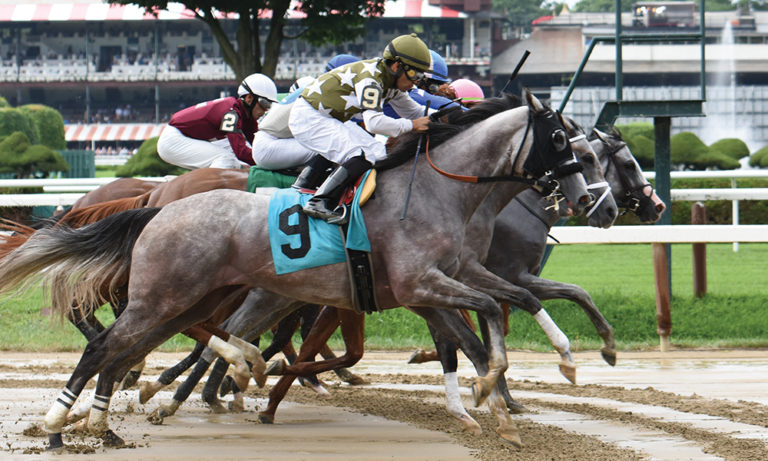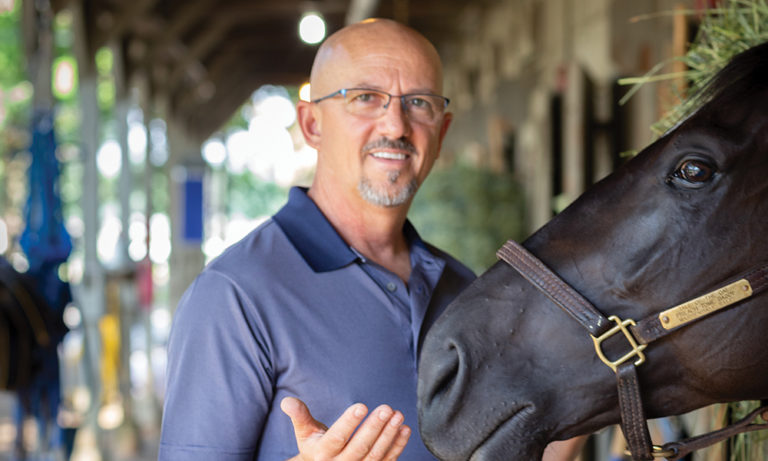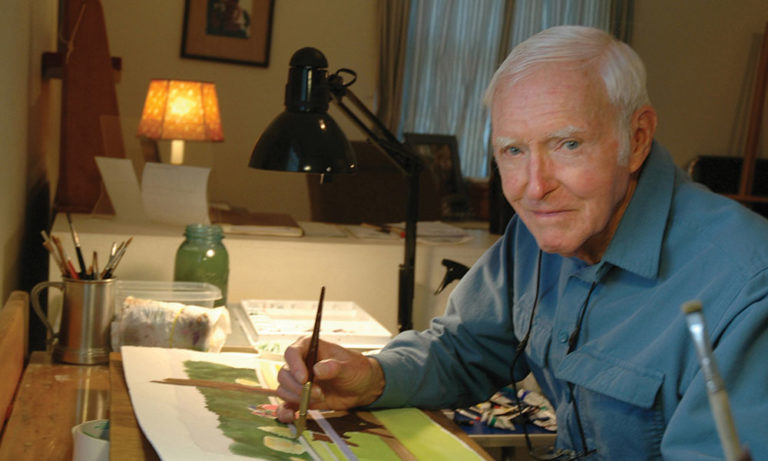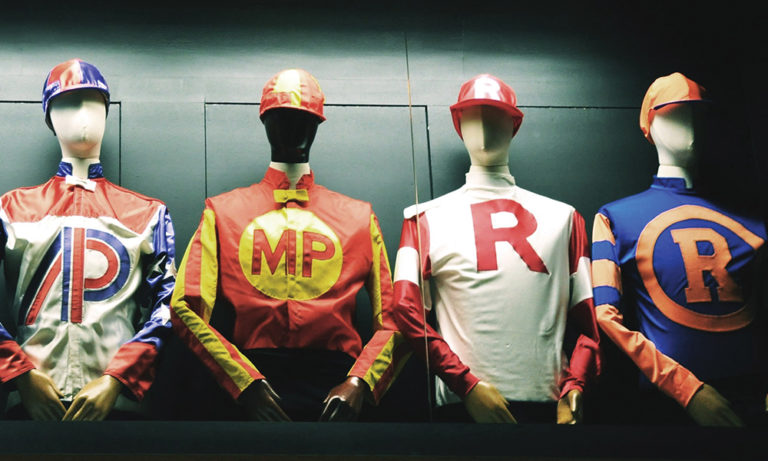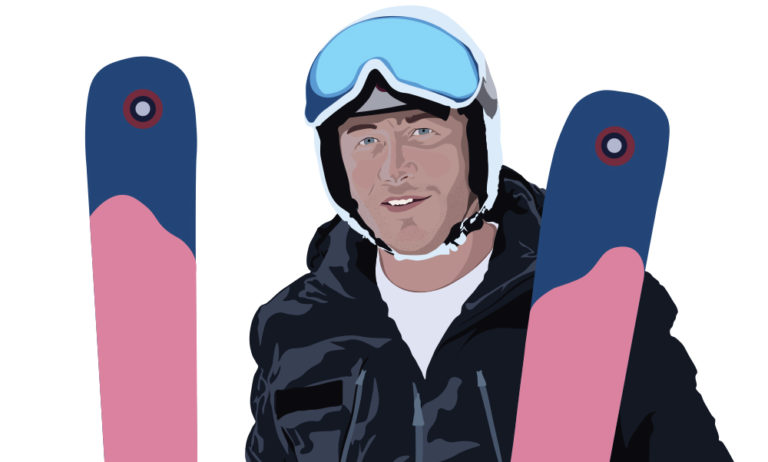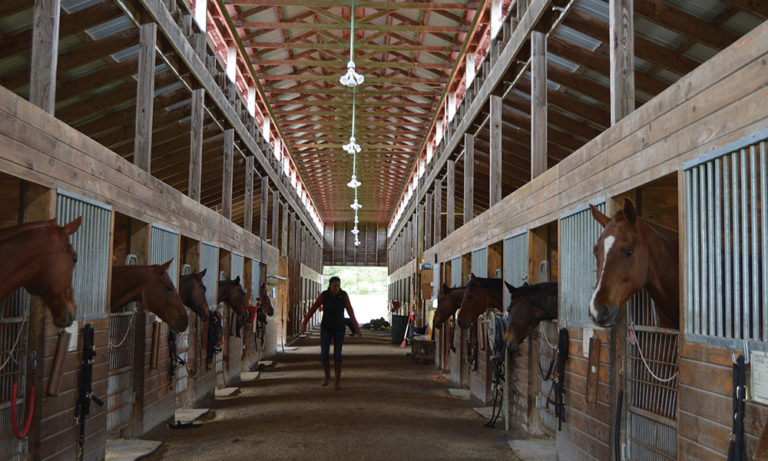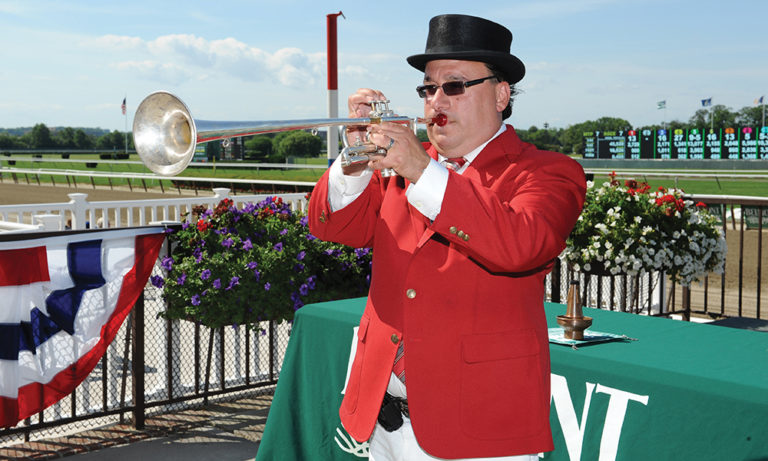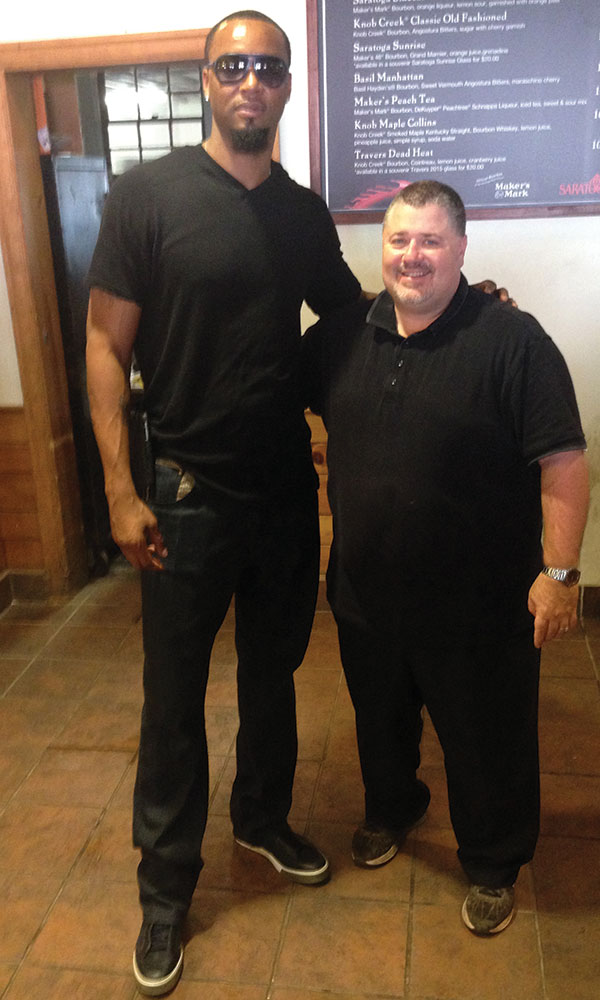I’ve been going to the Travers Stakes at Saratoga Race Course since I was a kid, but only a few years ago did I start thinking about it in a historical context. The centuries-old Saratoga fixture, first contested in 1864 during the Civil War and the presidency of Abraham Lincoln, is the oldest major Thoroughbred race in America, predating even the big three: The Kentucky Derby, The Preakness Stakes and The Belmont Stakes. Let me put that into perspective for a second: The Travers is 11 years older than the Derby, 9 years older than the Preakness and 3 years older than the Belmont. Numerous immortals of the sport—23 Hall of Famers, including Man o’ War, Whirlaway, Native Dancer and Damascus, among others—have enhanced their legacies by winning the race long known as the “Midsummer Derby.”
As the Travers crept closer to its milestone 150th running this year, I began to dig into its one-of-a-kind history. I quickly realized it wasn’t going to be feasible to chronicle something this vast as a solo endeavor, so I pitched the idea of a Travers anniversary book to my friend Michael Veitch, one of the most well-respected racing writers and historians in the country. Michael was enthusiastic about the project, and soon, we were off to the races. In the end, the research was fun, the writing was a challenge and our trip down Travers memory lane was a rewarding experience.
Michael and I were fortunate to have the assistance of renowned Travers poster artist Greg Montgomery for our little history project. Greg has been documenting the Travers and the beauty of Saratoga since 1986 and has illustrated many of the race’s iconic moments. Some of the greatest editions of the Travers—and not coincidentally some of our favorites—have been brought to life through Greg’s artwork.
As we look forward to the 150th running of the Travers on August 24, here are some excerpts from our book, The Travers: 150 Years Of Saratoga’s Greatest Race. Most racing historians consider the 1962 Travers showdown between Jaipur and Ridan to be the event’s signature renewal. (Michael and I both agree.) Let’s take a look back at the landmark Midsummer Derby and some outstanding recent runnings of the mighty Travers.
And, of course, happy 150th Travers, Saratoga.
—Brien Bouyea
—
 The Travers: 150 Years of Saratoga’s Greatest Race
The Travers: 150 Years of Saratoga’s Greatest Race
Excerpts from the new book by Brien Bouyea and Michael Veitch
August 18, 1962 – Jaipur
The 1962 Travers Stakes is deservedly held in high esteem among the greatest thoroughbred races contested during the 20th century. Jaipur and Ridan furiously bounded out of the gate in near rhythmic lockstep, immediately engaging each other in a thrilling confrontation that tested the talent and heart of the two fierce competitors. Neither standout colt was willing to relent even the slightest advantage to the other throughout a mesmerizing journey of a mile and a quarter around the historic Saratoga oval. At the conclusion of the grueling and exhilarating race, Jaipur had won by a nose in 2:013⁄5, eclipsing the stakes record that dated back to 1920, when Man o’ War won the Midsummer Derby in 2:01 4⁄5.
In the Travers, Ridan broke from the inside, with Jaipur right alongside in post position two as the 3-5 favorite. Ridan was the 5-2 second choice. “With Willie Shoemaker riding Jaipur and Manuel Ycaza piloting Ridan, the crowd of 26,183 fans had the privilege of witnessing one of the most exciting races imaginable,” commented the New York Times. “When they turned into the stretch, Jaipur gradually moved into the lead, and, according to all pre-race calculations, it appeared that he was home free. The general belief had it that Ridan could not go the distance. He confounded the figures, though, by showing a most courageous rally approaching the wire. For an instant he seemed to head Jaipur, and there were many who insisted that he won. It took a sharp examination of the photo to authenticate Jaipur’s triumph.”
Jaipur provided the fourth victory in the Travers for both owner George Widener and his 78-year-old trainer, Bert Mulholland. Shoemaker, who earned his second Travers win, said: “I felt I had him right on the wire, but it sure was close.” Jaipur never won another race after the Travers. The following year, he finished second in the Palm Beach Handicap. The horse four lengths in front of Jaipur at the wire was none other than Ridan.
August 20, 1994 – Holy Bull
Holy Bull hadn’t convinced everyone he was a great racehorse by the time he arrived at Saratoga for the 1994 Travers Stakes. One of his naysayers was a notable figure, D. Wayne Lukas, trainer of rival Tabasco Cat. Holy Bull was coming into the Travers riding a three-race win streak — comprised of the Metropolitan Handicap, Dwyer Stakes, and Haskell Invitational — by a combined 14 lengths. Lukas, however, was skeptical of the big gray colt who was owned and trained by Jimmy Croll, saying: “Look at Holy Bull’s record under a microscope. Who was second when he won the Dwyer? Nobody can tell you.”
Lukas entered Commanche Trail in the Travers as a rabbit in hopes he would hook Holy Bull into a speed duel to the benefit of his late-running Tabasco Cat, winner of the Preakness and Belmont. Commanche Trail did what was expected by delivering sizzling early fractions. Holy Bull stayed close to the pacesetter under Mike Smith and had a daunting task on his plate when he took the lead with a half-mile to go. At this point, the rabbit was cooked, and the Midsummer Derby was a two-horse race between Holy Bull and a determined fighter named Concern.
Withstanding a furious stretch run from Concern, Holy Bull showed he had the heart to match his talent. Refusing to let his opponent by, Holy Bull hit the wire a neck in front to win this contentious Travers before an electric Spa crowd of 46,395. “He did it the hard way. It showed he’s all heart,” said Croll, who then took aim at Holy Bull’s skeptics, including Lukas. “They thought he didn’t have the breeding to go a mile and a quarter. They said he couldn’t go around two turns. They thought he could win only on the lead. They had a rabbit up front and a closing horse chasing him at the end of a mile and a quarter. Well, he did what he had to do. He answered all the questions. … Wayne better get a new microscope.”
August 28, 2004 – Birdstone
Birdstone’s Midsummer Derby dash through the darkness was a scene unlike any other in the celebrated history of Saratoga Race Course. The 2004 Travers Stakes proved to be one of the storied race’s most memorable editions thanks to a determined little colt and the wrath of a mighty thunderstorm that turned a tranquil summer afternoon pitch black in a matter of moments. The torrential rain and lightning, however, held off just long enough for Birdstone to successfully navigate his way around the Spa oval for a 2½-length victory before a crowd of 48,894.
As Birdstone hit the wire, the storm hit the track. But for winning owner Marylou Whitney, the wild weather did nothing to diminish her joy. “This is a dream come true,” Whitney said. “I think the gods came out and did this to sort of congratulate him.”
Birdstone’s trainer, Nick Zito, said the timing of the storm was fortunate. “God did me a favor again today, as usual,” Zito said. “It didn’t really rain until the race was run. If it had come earlier and they would have sealed the track, we would have scratched.”
Lion Heart, the race’s 5-2 favorite, set a relatively slow pace of :24 2⁄5 seconds for the quarter-mile and :49 flat for the half-mile. Once he hit the top of the stretch, however, Lion Heart was spent and Birdstone drove to the front. Ridden by Edgar Prado, the son of Grindstone flashed past stablemate The Cliff’s Edge to come home in 2:02.45. “I was hoping the lights at the wire wouldn’t spook him,” said Prado, who won five races on the card. “That was the only thing I was thinking in the back of my head. My horse just kept going. I’m very happy for Nick. There was thunder in the sky and thunder in my horse.”
The Travers was Birdstone’s first start since he shocked the racing world by depriving Smarty Jones of the Triple Crown in the Belmont Stakes at odds of 36-1. After the Belmont, Zito, Prado, and Whitney all expressed a degree of sorrow that Smarty Jones and his legion of fans had been denied the Triple Crown, but the Travers celebration was nothing but blissful for Birdstone’s connections. “I got soaking wet,” Zito said. “I told everyone I felt like Gene Kelly. I was singing in the rain. We were all singing in the rain. We were ecstatic. I can’t describe how I feel.”
Birdstone raced once more after the Travers, finishing seventh in the Breeders’ Cup Classic at Lone Star Park in Texas. He suffered a bone chip during the race and was retired with five wins from nine starts. Sent to Gainesway Farm in Kentucky, Birdstone got off to a remarkable start at stud, siring Kentucky Derby Mine That Bird and Belmont Stakes winner Summer Bird, who also went on to add a victory in the Travers en route to an Eclipse Award.
August 25, 2007 – Street Sense
Street Sense proved he was game for a street fight in the 2007 Travers Stakes. A champion juvenile who was the first Kentucky Derby winner to contest the Travers since Thunder Gulch in 1995, Street Sense was an overwhelming favorite to win the 138th running of the Midsummer Derby.
Entering the Travers after a workmanlike prep victory in the Jim Dandy Stakes, Street Sense appeared to be in top form. But the race wasn’t the cakewalk many had predicted. Street Sense’s jockey, future Hall of Famer Calvin Borel, knew his mount would have to be ready with a top effort. On the day he won the Jim Dandy with Street Sense, Borel also won an allowance by six lengths aboard a horse named Grasshopper. The son of Dixie Union made a strong impression on Borel, who said Grasshopper was “the one he was most concerned with” heading into the Travers.
With temperatures in the mid-90s on a steamy day at the Spa, Street Sense sat close to the pace in third early in the Travers as Grasshopper and C P West traveled one-two through early fractions of :23.68 and :48.18. On the backstretch, Grasshopper made the lead under Robby Albarado, clocking three-quarters of a mile in 1:12.43. Borel began to work on Street Sense as they hit the quarter pole. The Derby winner started to roll with a two-wide move and hooked up with Grasshopper for a thrilling stretch drive. Grasshopper grinded along the rail and was not willing to concede anything to the 1-4 favorite. Street Sense, however, responded by displaying the heart and talent that made him a champion. It wasn’t easy, but Street Sense eventually inched his way past Grasshopper. Borel took a little look over his left shoulder and knew he had the race won in the closing strides. Street Sense hit the wire a half-length in front. In giving trainer Carl Nafzger and owner Jim Tafel their second Travers victory, Street Sense covered the distance in in 2:02.69 before a Spa crowd of 38,909. “I had him measured all the way,” Borel said. “He’s got to the point where he does what he has to do, he does what I ask him to do, and as long as he keeps doing that, it’s fine with me.”
August 25, 2012 – Alpha and Golden Ticket
Travers Stakes tradition dictates the colors of the winning owner’s silks be painted on a canoe in the Saratoga infield lake and remain there until the next edition of the Midsummer Derby. After the 2012 Travers, two canoes had to be painted in the respective colors of mighty Godolphin Racing and the upstart Magic City Thoroughbreds. They were placed side by side — just like Alpha and Golden Ticket were at the wire in the 143rd running of the Travers. A late rally by Alpha put him on even terms at the finish with longshot Golden Ticket, delivering the first official dead heat in the history of the Midsummer Derby. In 1874, Attila and Acrobat finished in a tie in the Travers, but they were made to race again to decide the matter, with Attila the victor.
Alpha was the second son of 2006 Travers winner Bernardini to earn a victory in the Midsummer Derby, following 2011 winner Stay Thirsty. Alpha broke his maiden in his career debut in 2011 at Saratoga and had victories in the Count Fleet Stakes, Withers, and Jim Dandy to his credit when he was entered in the Travers. Golden Ticket, meanwhile, arrived at Saratoga with only one win in nine starts. Little was thought of the dark bay son of Speightstown leading up to the Travers, which he entered following a layoff of 112 days.
Both Alpha and Golden Ticket had good starts in the Midsummer Derby racing near the pace before Golden Ticket opened a one-length lead with a furlong remaining. Alpha used a furious closing kick to hit the wire in tandem with Golden Ticket. Several minutes passed before the subdued crowd of 46,528 saw the tote board change from “photo” to “dead heat.”
“I’ll take a dead heat,” said Kiaran McLaughlin, trainer of Alpha. “At the sixteenth pole, I thought we were second best. I didn’t think we were going to get there.” There were winner’s circle presentations for each set of connections, as well as a joint gathering to celebrate the historical result. “It couldn’t work out better,” said Ken McPeek, Golden Ticket’s trainer. “It would have been a heartbreaker for either one of us to lose.”
August 27, 2016 – Arrogate
A devastating gray storm by the name of Arrogate came seemingly out of nowhere on a sun-splashed Saratoga afternoon during the 2016 Travers Stakes. The 48,630 in attendance for the 147th running of the Midsummer Derby will never forget the one-of-a-kind display of brilliance they witnessed. In less than two minutes, Arrogate went from unknown commodity to Spa legend with a performance for the ages. Unproven and overlooked, the big son of Unbridled’s Song turned the Travers into a mesmerizing spectacle of freakish talent. Unleashed in the stretch by Hall of Fame jockey Mike Smith, Arrogate uncoiled his long legs and decimated an overmatched field en route to a 13½-length victory in track-record time of 1:59.36. In winning at odds of 11-1, Arrogate smashed General Assembly’s previous stakes and track mark for 1¼ miles that had stood since 1979. The performance was as dominant as any in the rich history of Saratoga racing. “I was amazed how he lengthened his stride and opened up,” Smith said.
The result provided a degree of redemption for Arrogate’s Hall of Fame trainer Bob Baffert, who was disheartened at Saratoga a year earlier when Triple Crown winner American Pharoah was shockingly defeated in the Travers. “Last year you probably could have poured me out of a shot glass,” Baffert said. “We were pretty dejected. I felt bad for the horse. The horse got beat. He ran hard. … He ran his heart out. So we were sitting here and it was just emotional. The whole town came out to see him do something like Arrogate did today. … I’m just glad to be back here with another chance at it. And my horse … what he did today is pretty incredible. He looks like a superstar in the making. I think the fans will remember watching a horse like this, because I know, when I see performances like this, they’re very rare.”
Brien Bouyea and Michael Veitch are the authors of The Travers: 150 Years of Saratoga’s Greatest Race. The book is now available at the National Museum of Racing and Hall of Fame, various bookstores throughout the region and at traversbook.com.

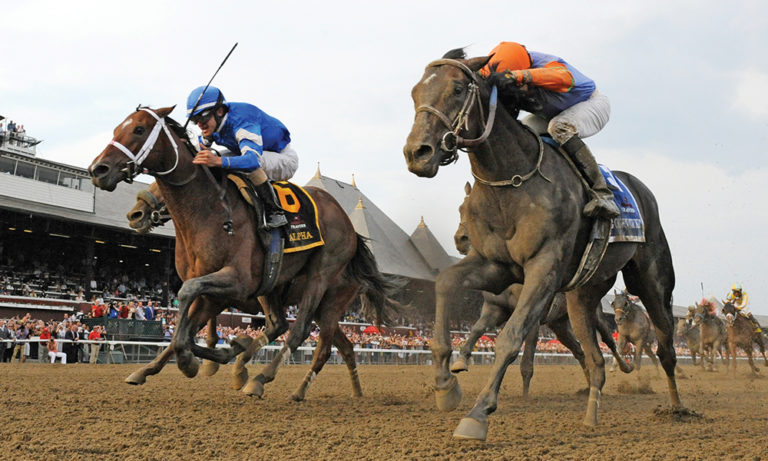
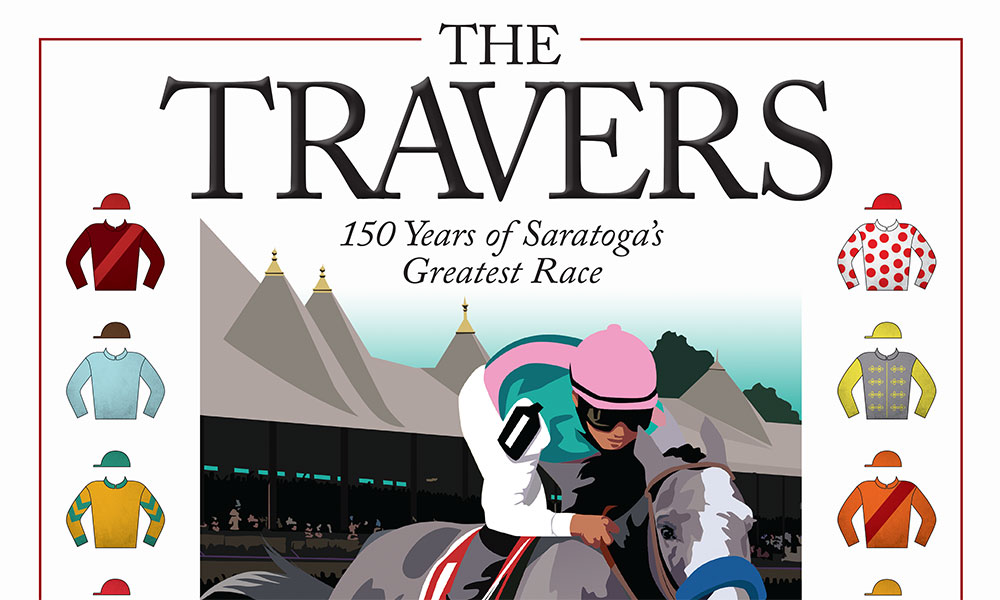 The Travers: 150 Years of Saratoga’s Greatest Race
The Travers: 150 Years of Saratoga’s Greatest Race